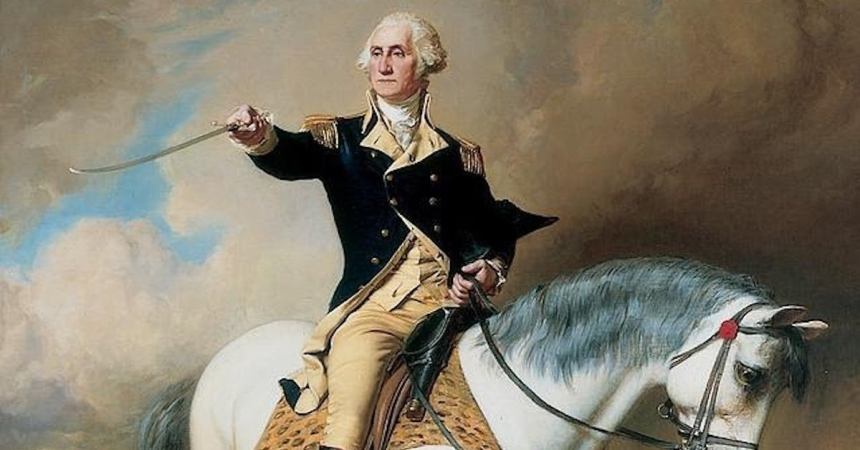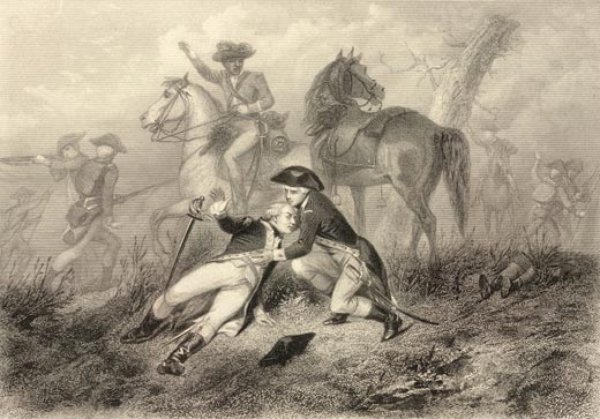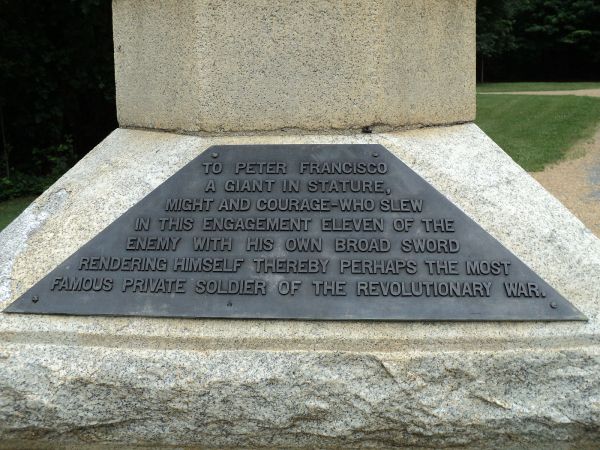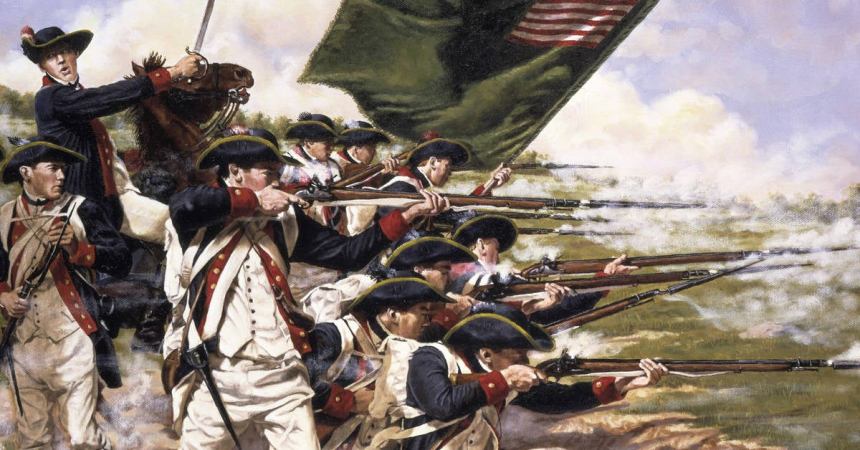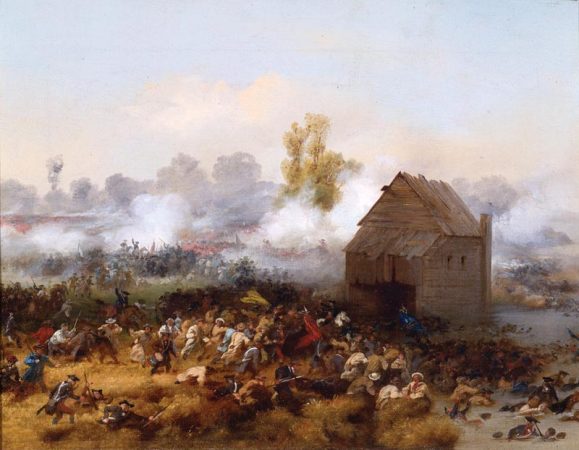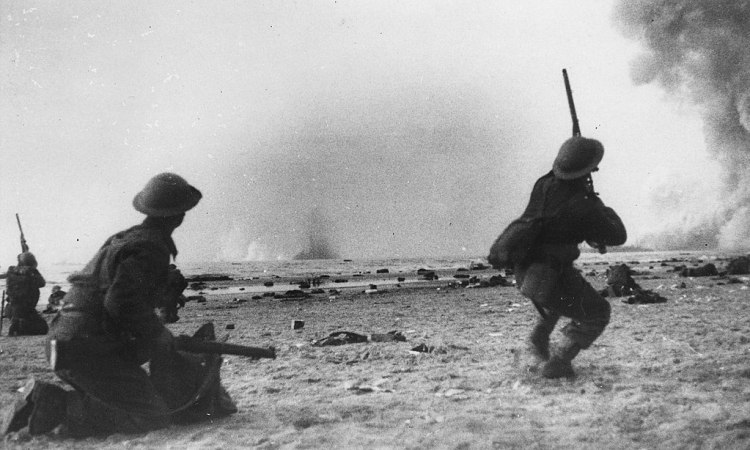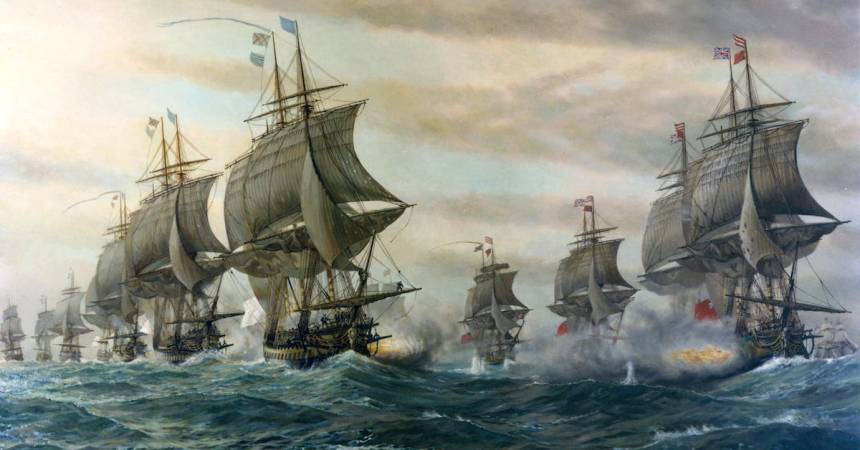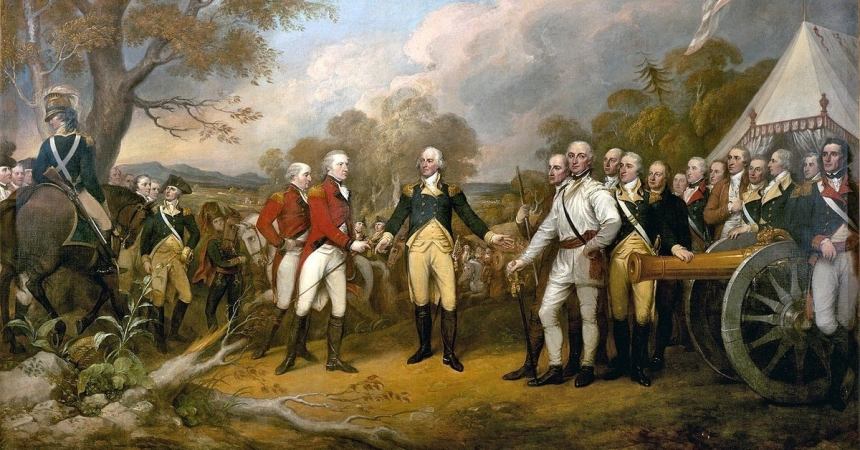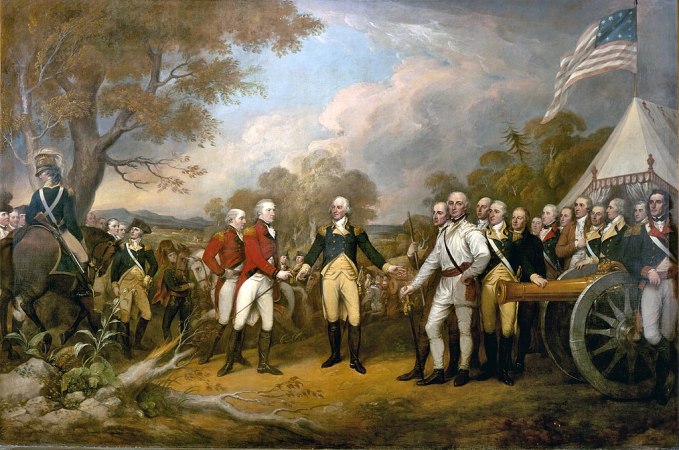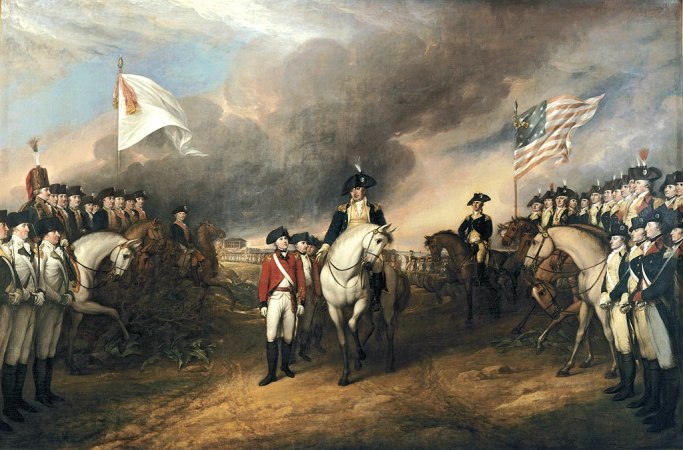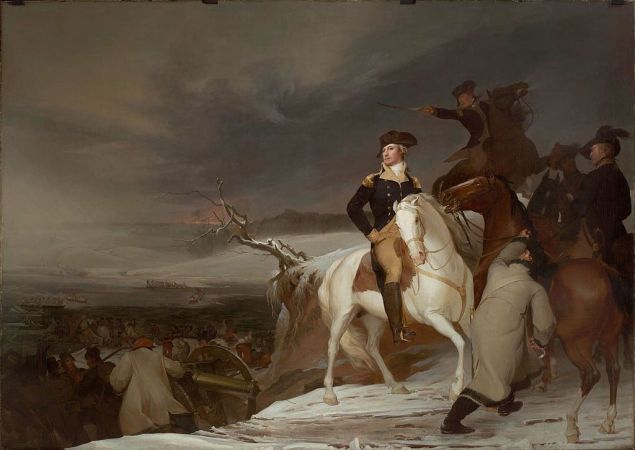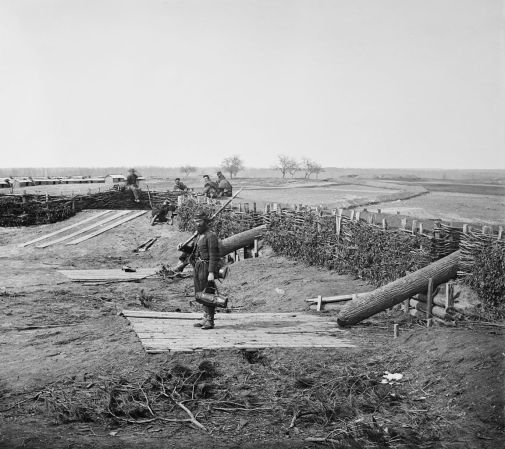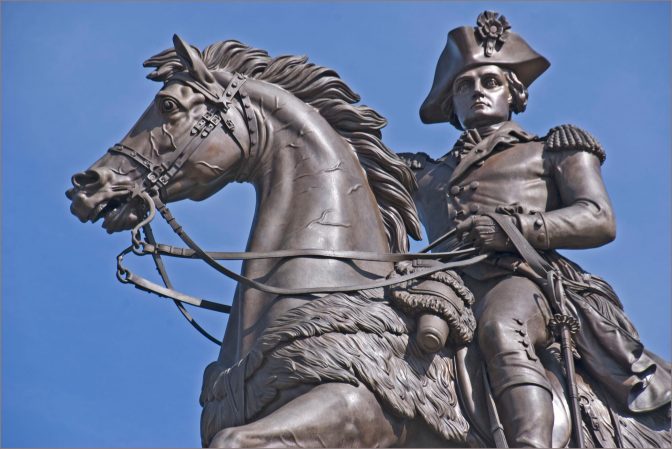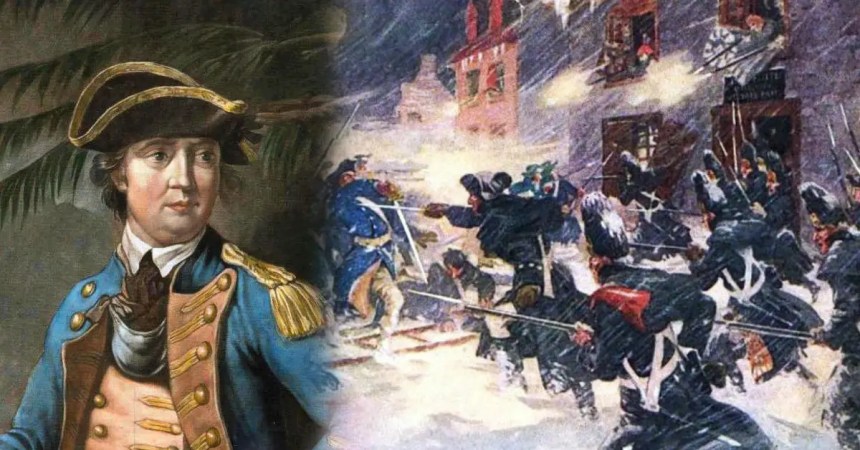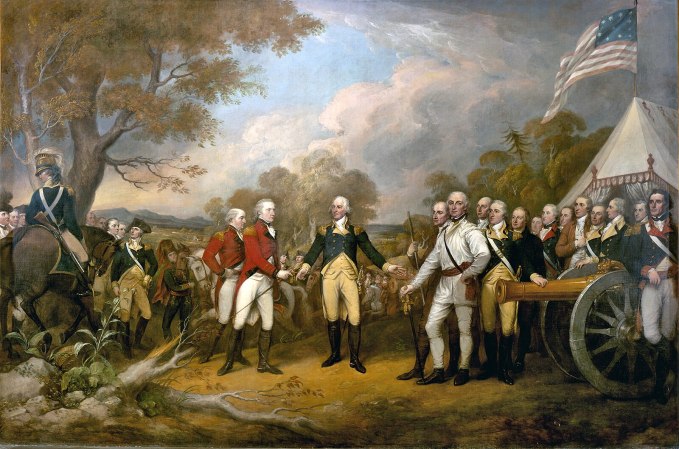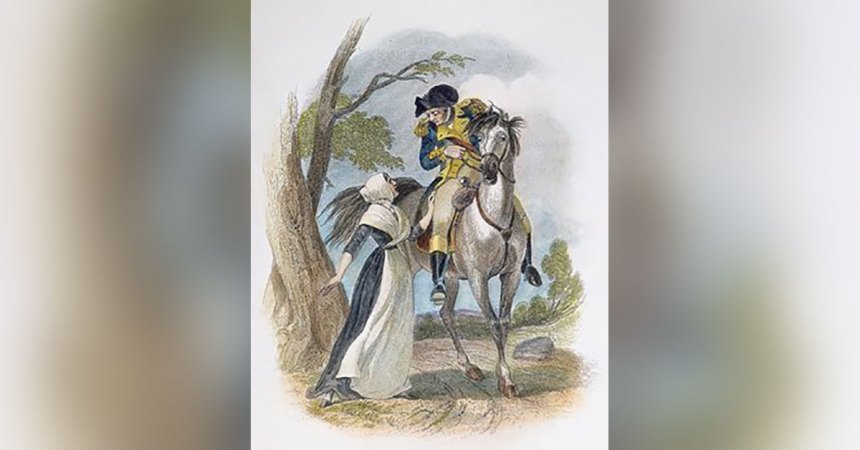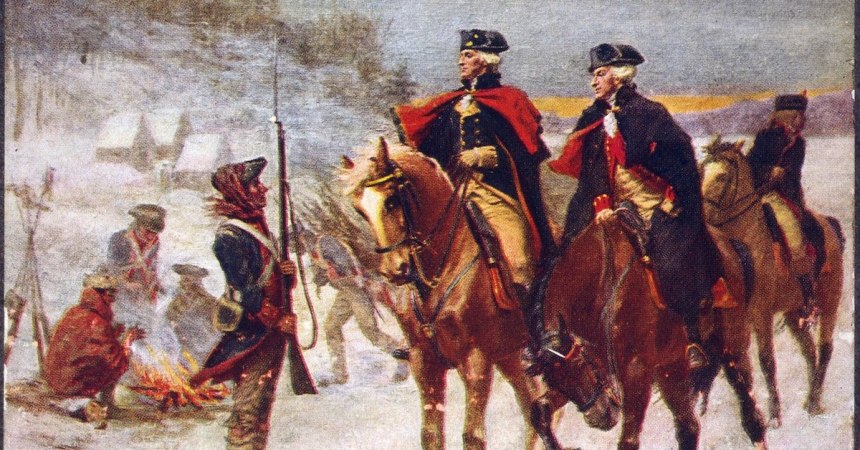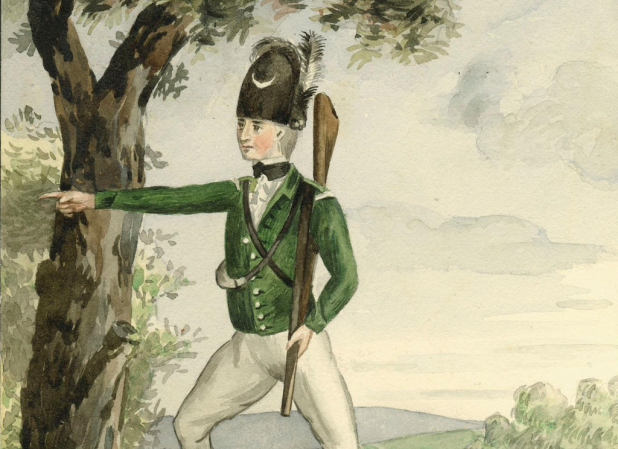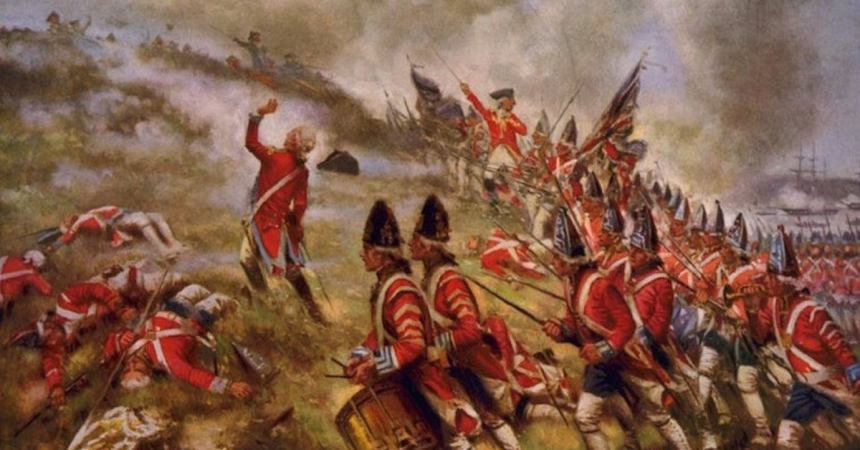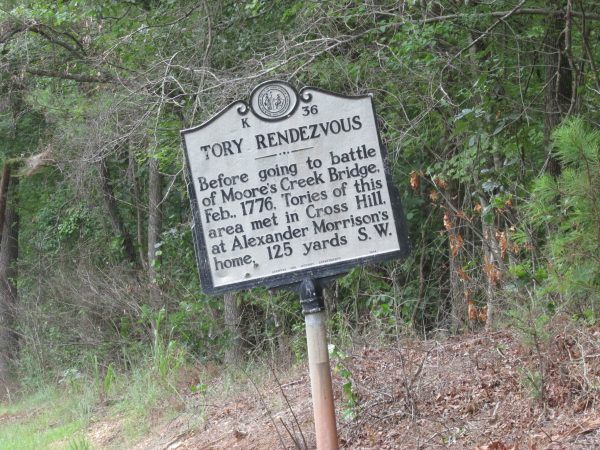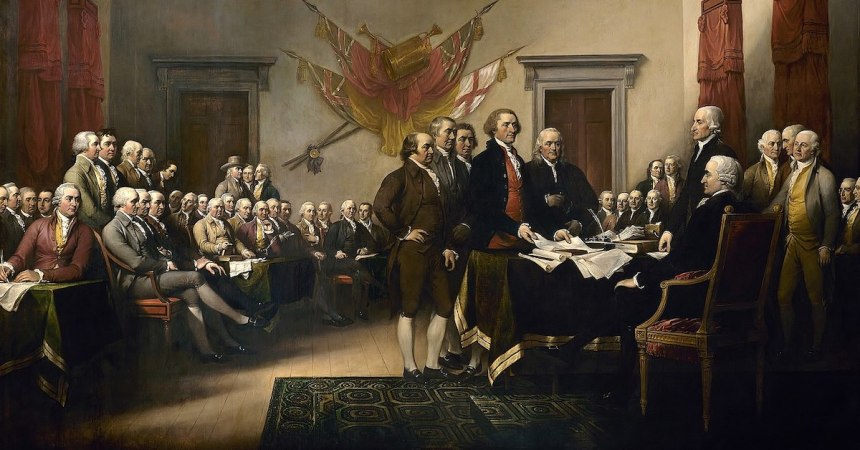One of the biggest questions of the Revolutionary War is this: How did the British of 1776, with immense advantages in troops and ships and an effective plan, manage to lose the war?
When you look at the material state of affairs, the 13 colonies really didn’t stand a chance. So, how did the British lose the war despite all of their advantages?

The reason was not a lack of strategy. After the battles of Lexington and Concord, the British assumed that the American uprising was a number of local rebellions. It wasn’t until 1776 that they realized that they were dealing with a uniform rebellion across all 13 colonies. Granted, some states were more rebellious than others (Massachusetts being the most notable), but they had a big problem due to the sheer size of East Coast.
Like this? Read: Rarely seen illustrations of the Revolutionary War

So, they came up with a strategy. The British plan was to first seize New York City to use as a forward base. Next, they’d move one force north while a second force, from Canada, moved south. The goal was to meet somewhere near Albany in 1777. This would cut New England off from the rest of the colonies and, hopefully, strangle the rebellion.
This was not a bad strategy. The problem was, after coming up with the plan, they flubbed the execution. They seized New York and, in fact, George Washington had a close call trying to escape the British. But then, Washington, with a successful Christmas strike on Trenton and beating Hessian mercenaries at the Battle of Princeton, drew the attention of General Howe. Instead of going north, Howe chased after Washington’s army and the Continental Congress, completely discarding the strategy. There was no on-scene commander-in-chief to reign him in.

The British force moving south from Canada was eventually defeated at the Battle of Saratoga and forced to surrender. Meanwhile, Howe managed to seize Philadelphia but didn’t get the Continental Congress. Meanwhile, Washington’s army battled well at the Battle of Germantown. The combination of defeats at Saratoga and Germantown doomed the British strategy. The French and Spanish, now convinced the colonists had a chance, joined in and forced Britain into a multi-front war.



